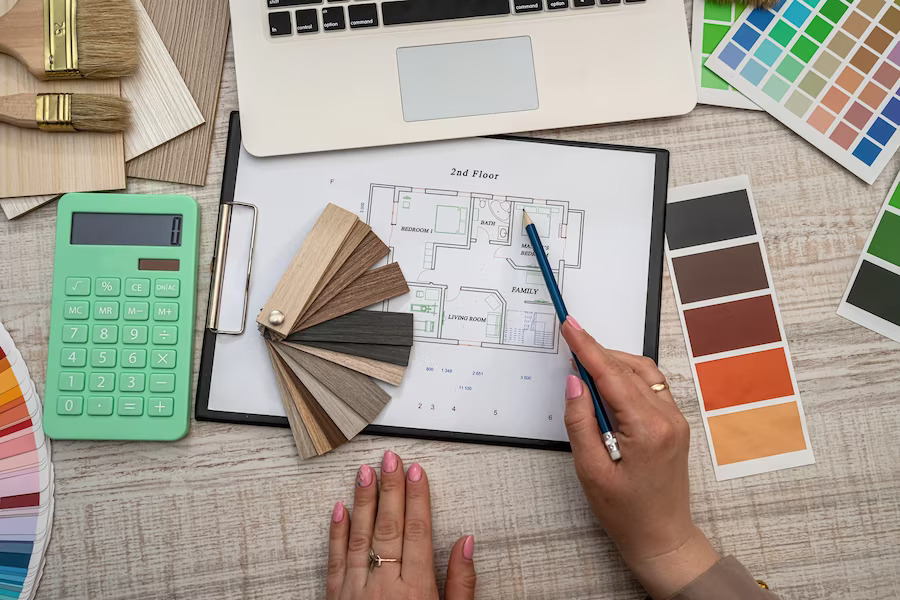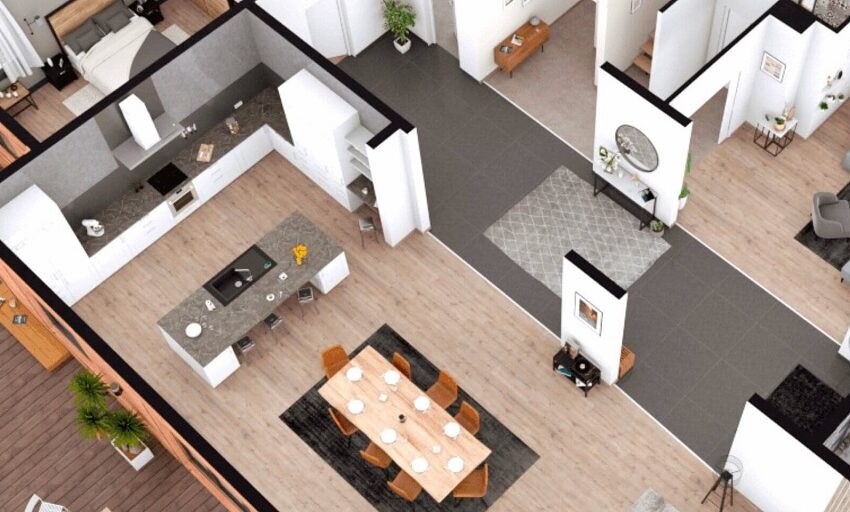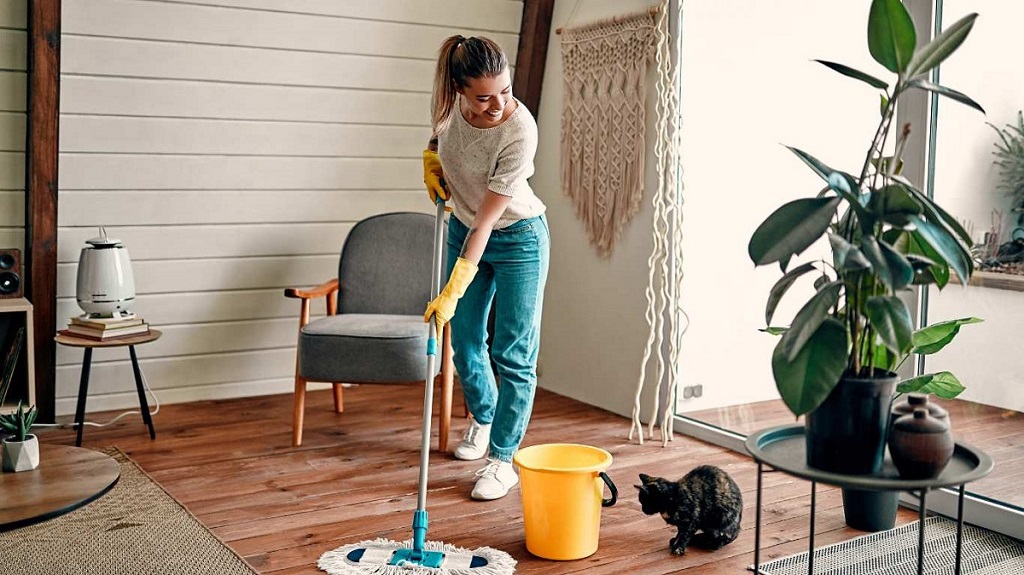Redesigning your house is an exciting endeavor that allows you to create a living space that truly reflects your style and meets your needs. Whether you want to renovate the entire home or focus on specific areas, a well-executed house redesign can breathe new life into your living environment and enhance your daily living experience. In this comprehensive guide, we will take you through the step-by-step process of redesigning your house, from planning and choosing a design style to managing the remodeling process and showcasing the final result.
Your house is more than just a shelter—it’s a place where you create memories, find comfort, and express your personality. That’s why it’s important to consider all aspects of your redesign, including the size of your windows. Have you ever wondered why modern houses have small windows? While it may seem counterintuitive, smaller windows can actually increase energy efficiency and reduce heating and cooling costs. Of course, there are many other factors to consider when redesigning your home, such as the layout, materials, and color scheme. By taking a holistic approach to your house redesign, you can create a space that reflects your unique style and enhances your quality of life.

Planning the Redesign
Before diving into the actual remodeling process, it’s crucial to spend time planning and preparing for the project. Start by assessing the current state of your house—identify areas that require improvement and note your priorities. Are you looking to enhance the functionality of your kitchen or create a cozy retreat in your living room? Understanding your goals will help guide the entire redesign process.
Next, create a budget that aligns with your renovation goals. Consider material costs, labor expenses, and any unexpected contingencies. Setting a realistic budget allows you to make informed decisions throughout the project and avoid financial stress.
Hiring Professionals or Going DIY
One of the early decisions you’ll need is whether to hire professionals or embark on a DIY (do-it-yourself) project. Hiring a contractor can bring expertise, save time, and ensure a high-quality result. However, it’s important to choose a reputable contractor carefully and communicate your expectations and vision for the redesign.
A DIY approach can be rewarding and cost-effective if you have the necessary skills, time, and enthusiasm. DIY projects allow you full control over the design and execution and can be a source of pride when you see the final results. Just remember to start with smaller, manageable projects if you’re new to DIY, and don’t hesitate to seek professional help for complex tasks.
Choosing a Design Style
When redesigning your house, selecting a design style sets the tone for the entire project. Explore different architectural styles and interior design trends to find inspiration that resonates with your taste. Whether you prefer a contemporary, minimalist look or a cozy, rustic ambiance, understanding the characteristics of various styles will help you make informed decisions when selecting furniture, colors, and finishes.
Remember that your design style should be cohesive throughout the house while allowing individuality in each room. Create a harmonious flow by using complementary colors, coordinating materials, and incorporating design elements that tie the spaces together.
Redesigning Specific Areas of the House
A house redesign often involves transforming specific areas to suit your needs better and enhance their functionality. The kitchen, for example, is the heart of many homes and is a common focus for remodeling. Consider practical aspects like workflow, storage options, and high-quality appliances when planning your kitchen redesign. Explore various kitchen remodel ideas, from minor updates to complete overhauls, to find the best approach for your lifestyle.
The living room is another space where you can make a significant impact with your redesign. Determine the room’s primary function—whether it’s for entertaining guests, relaxation, or a combination of both—and plan the layout and furniture accordingly. Incorporate elements that reflect your style, such as artwork, lighting fixtures, and comfortable seating arrangements.
Don’t neglect the bedrooms and bathrooms during the redesign process. These spaces are vital in your daily routine and should be tailored to your preferences. Consider factors such as lighting, storage solutions, and privacy when revamping these areas, ensuring they become havens of relaxation and comfort.
Selecting Materials and Finishes
Choosing the right materials and finishes is crucial for creating a durable and visually appealing house redesign. Opt for high-quality materials that can withstand daily use and offer long-term durability. From flooring options to countertops and cabinetry, prioritize quality to ensure your redesigned house stands the test of time.
Additionally, consider sustainable and eco-friendly choices when selecting materials. From recycled and renewable resources to low-VOC (volatile organic compound) paints and energy-efficient appliances, numerous options can help minimize your environmental impact without compromising style or functionality.
Incorporating Smart Home Technology
In today’s digital age, integrating smart home technology into your redesign can greatly enhance your daily living experience. From voice-activated assistants to smart thermostats and lighting systems, these devices and systems offer convenience, energy efficiency, and security. Explore the wide range of smart home options available and choose those that align with your needs and preferences.
By incorporating smart home technology, you can remotely control various aspects of your house, optimize energy usage, and even increase home security. From controlling the temperature with your smartphone to setting up automated lighting schedules, these advancements bring convenience and peace of mind.
Managing the Remodeling Process
Managing the remodeling process effectively ensures a smooth and successful house redesign. Create a detailed timeline that outlines each project phase, including estimated start and end dates. This will help you stay organized and ensure the project progresses on schedule.
It’s important to anticipate and prepare for unexpected challenges that may arise during the remodeling process. From hidden structural issues to delayed deliveries, be flexible and have contingency plans. Regular communication with contractors, suppliers, and other professionals involved in the project is key to addressing issues promptly and finding efficient solutions.
Financing the House Redesign
Financing your house redesign requires careful consideration of your budget and available funding options. Research different financing methods, such as personal loans, home equity loans, or lines of credit, to determine which option best suits your needs. Consider factors such as interest rates, repayment terms, and the impact on your overall financial situation.
To manage costs effectively, develop a comprehensive budget that includes all expenses related to the redesign. Explore cost-saving strategies, such as repurposing existing furniture or considering alternative materials that offer a similar aesthetic at a lower price point. By keeping a close eye on your finances throughout the project, you can ensure that you stay within budget without compromising on quality.
Showcasing the Redesigned House
Once the remodeling process is complete, it’s time to showcase the transformed house. Staging is crucial in presenting your redesigned space in the best possible light. Arrange furniture and decor in a way that highlights the key features and functionality of each room. Consider neutral color palettes, strategic lighting, and decluttering to create an inviting and appealing atmosphere.
Documenting the transformation can be a great way to celebrate your achievement and inspire others. Take before-and-after photos to capture the significant changes you’ve made. Share your experience and insights on social media platforms or home design blogs to inspire and connect with fellow homeowners who are considering a house redesign.
Conclusion
Redesigning your house is a fulfilling and transformative experience that allows you to create a home that reflects your personality and meets your lifestyle needs. You can embark on a successful house redesign project by following the steps outlined in this guide—from planning and selecting a design style to managing the remodeling process and showcasing the final result.
Remember, a well-executed house redesign requires careful planning, attention to detail, and thoughtful decision-making. Whether you hire professionals or embark on a DIY journey, stay true to your vision and make choices that align with your style and budget. With the right approach and mindset, you can transform your house into a haven that brings joy and comfort for years.
Frequently Asked Questions
1. How long does a house redesign typically take?
The duration of a house redesign project varies depending on the scale and complexity of the renovations. Minor updates or remodeling specific areas can take a few weeks to a few months. Complete home makeovers may take several months or longer, depending on factors such as the house’s size and the project’s scope.
2. How much does a house redesign cost?
The cost of a house redesign depends on various factors, including the house size, the extent of the renovations, and the materials and finishes chosen. Creating a realistic budget and considering all expenses, including labor, materials, permits, and unexpected contingencies, is essential. Consulting with professionals and obtaining multiple quotes will help you estimate the costs more accurately.
3. Can I redesign my house on a tight budget?
Yes, it’s possible to redesign your house on a tight budget. Start by identifying areas that require the most attention and prioritize your renovations accordingly. Consider cost-effective alternatives to high-end materials and finishes, such as laminate flooring instead of hardwood or refinishing existing cabinets instead of replacing them. DIY projects can also help save costs, but carefully evaluate your skills and the complexity of the tasks.
4. How can I communicate effectively with contractors during the redesign process?
Clear and open communication is crucial when working with contractors. Start by clearly articulating your expectations and goals for the project. Maintain regular contact with the contractors, addressing any concerns or questions promptly. Ensure that any changes or modifications to the initial plans are documented and agreed upon in writing. Good communication will help establish a positive working relationship and minimize misunderstandings.
5. What should I do with the furniture and belongings during the house redesign?
During a house redesign, you may need to temporarily move or store furniture and belongings to facilitate the renovations. Consider renting a storage unit or utilizing space in another area of the house that’s not remodeled. Protect valuable items by covering them or removing them from the construction area. Clear communication regarding the storage plan with the contractors will help ensure a smooth process.








